Vietnam: Guiding the procedures for connection point planning
The Ministry of Transport of Vietnam issued Circular No. 50/2015/TT-BGTVT guiding a number of articles of Decree No. 11/2010/NĐ-CP dated February 24, 2010 of Vietnam’s Government on management and protection of road infrastructures.
According to Circular No. 50/2015/TT-BGTVT of the Ministry of Transport of Vietnam, the procedures for connection point planning include the following steps:
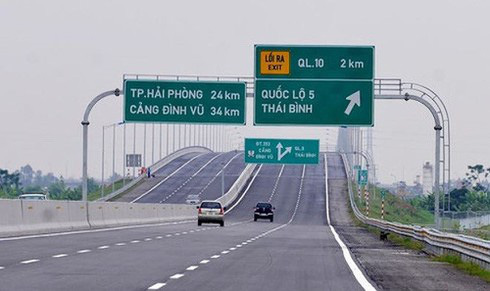
Step 1: Collect information on the existing works and the planned works.
Step 2: Carry out survey and statistics on:
- Existing feeder roads specified in clause 1 Article 20 hereof; the position of feeder road connection points approved and not approved by the competent authority; the compliance of connection points with motorway design standards;
- National highway sections within and beyond urban areas; list of national highway sections that do not have their collector roads due to shortage of land reserve, the works and topography hindering the construction of collector roads along national highways;
- Feeder roads with the cross-section of not exceeding 2.5 meters for the movement of only motorcycles and non-motorized vehicles that is connected to national highway by the effective date of the Decree No. 186/2004/ND-CP on management and protection of road infrastructures but have not been extended eliminated under clause 1 of Article 29;
- Petrol & oil outlets constructed under the petrol and gas outlet planning approved by the People’s Committee of the province (or the Ministry of Industry and Trade) which specifies types of petrol and gas outlets allowed and not allowed to be located inside safety corridors. In case of absence of petrol and gas outlet planning, the authority in charge of making connection point planning shall cooperate with the State regulatory authority to draw up the connection point planning to petrol and gas outlets.
Step 3: Aggregate local functional authorities’ assessment about the compliance with the socio-economic development planning, land use, land reserve for collector roads, petrol and gas outlets in connection to connection points.
Step 4: Have the connection point planning of each national highway separately recorded.
View full text at Circular No. 50/2015/TT-BGTVT of the Ministry of Transport of Vietnam, effective from January 01, 2016.
Thu Ba
- Key word:
- Circular No. 50/2015/TT-BGTVT
- Number of deputy directors of departments in Vietnam in accordance with Decree 45/2025/ND-CP
- Cases ineligible for pardon in Vietnam in 2025
- Decree 50/2025 amending Decree 151/2017 on the management of public assets in Vietnam
- Circular 07/2025 amending Circular 02/2022 on the Law on Environmental Protection in Vietnam
- Adjustment to the organizational structure of the Ministry of Health of Vietnam: Certain agencies are no longer listed in the organizational structure
- Vietnam aims to welcome 22-23 million international tourists in Vietnam in 2025
-
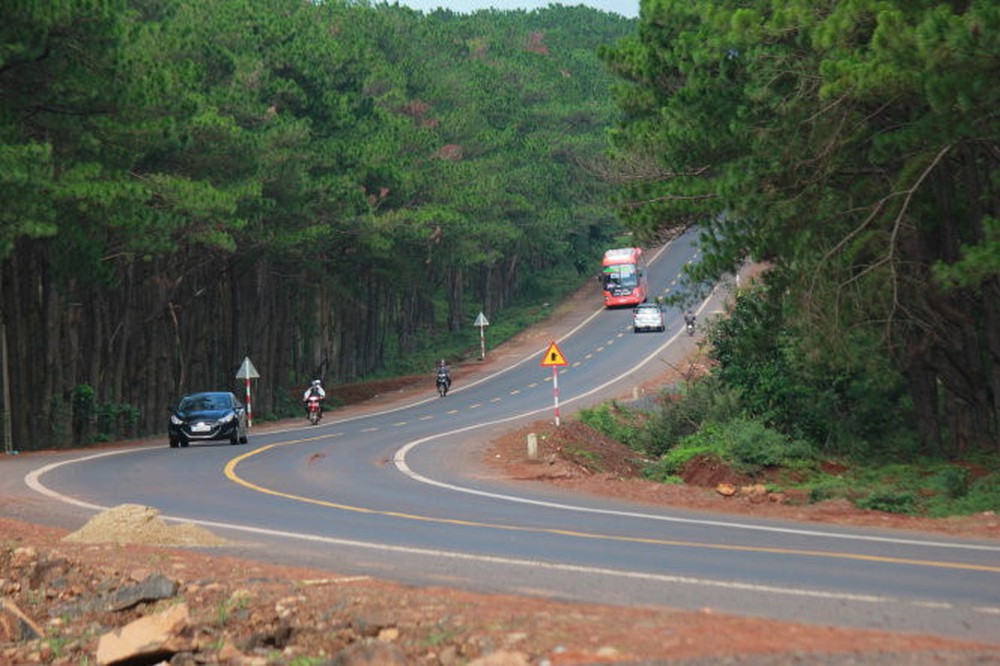
- Projects for construction of roads or detours ...
- 15:43, 29/09/2015
-
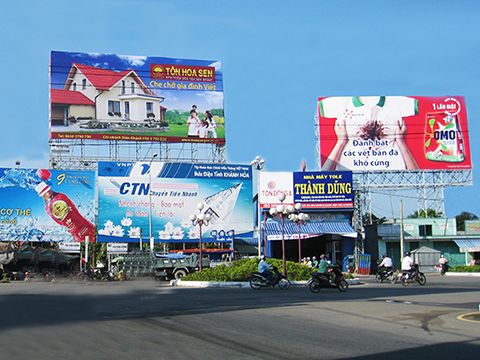
- Vietnam: How long is the horizontal safety distance ...
- 15:36, 26/09/2015
-
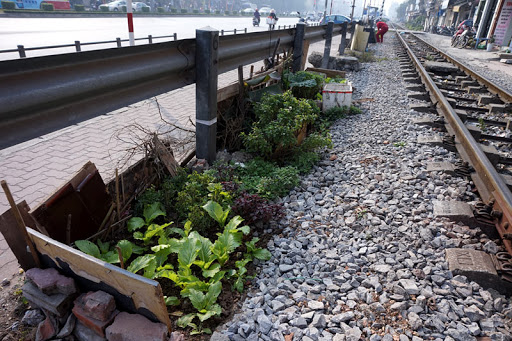
- Vietnam: Demarcating the shared safety corridors ...
- 15:30, 26/09/2015
-
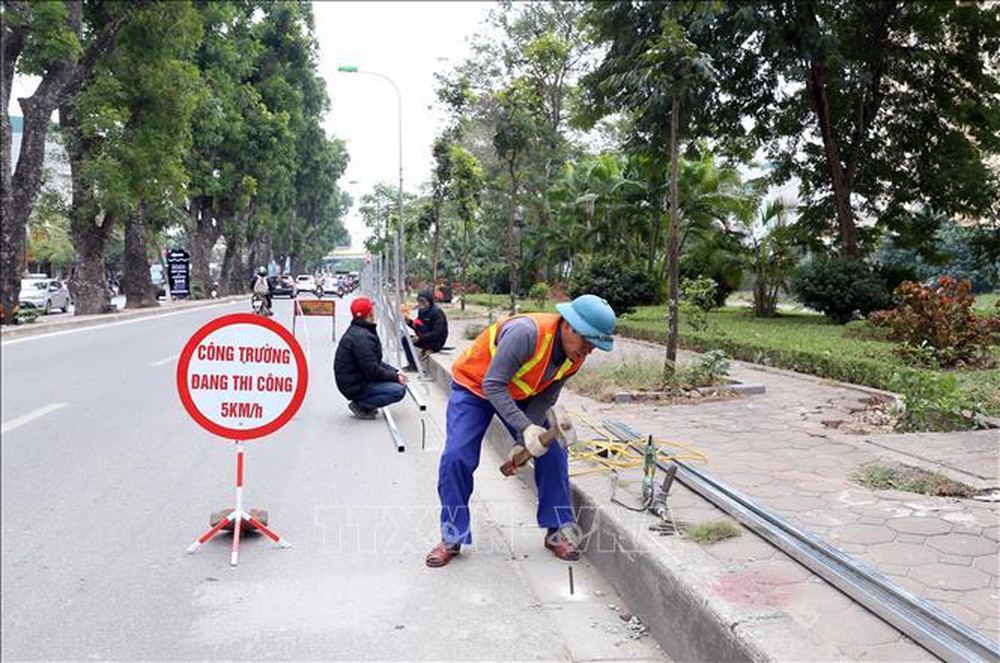
- Vietnam: Determination of land area reserved for ...
- 15:21, 26/09/2015
-
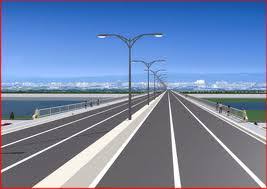
- What are included in road infrastructures in Vietnam ...
- 15:15, 26/09/2015
-

- Notable new policies of Vietnam effective as of ...
- 16:26, 11/04/2025
-
.Medium.png)
- Notable documents of Vietnam in the previous week ...
- 16:21, 11/04/2025
-
.Medium.png)
- Notable documents of Vietnam in the previous week ...
- 16:11, 02/04/2025
-
.Medium.png)
- Notable new policies of Vietnam to be effective ...
- 16:04, 02/04/2025
-
.Medium.png)
- Notable new policies of Vietnam effective from ...
- 14:51, 21/03/2025
 Article table of contents
Article table of contents
